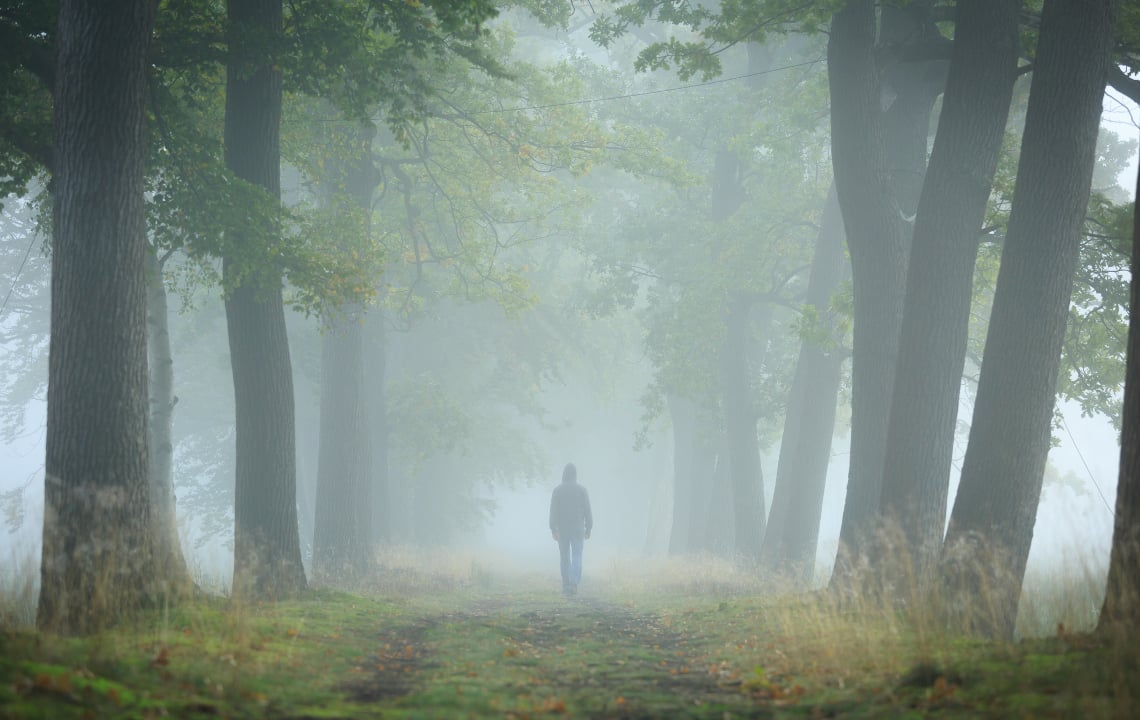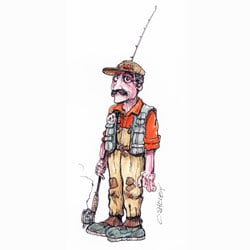What would you do if you were lost in the woods without a GPS or access to your phone? Expert outdoorsman Jim Mize shares potentially life-saving tips on how to find your way if you get lost or disoriented in the wilderness.
Modern gadgets seem to make navigating the woods a simple task.
GPS and phone apps are reliable guides.
But the day will eventually come when the batteries go dead, the gadget gets left in the truck or you can’t get a signal.
On those days, it helps to know how to find your way home.
The Most Confused I’ve Ever Been in the Woods Happened Years Ago
At the time, I was already an above-average woodsman, having grown up hunting and fishing, graduating from forestry school and working for several summers marking boundary lines for the government in remote areas.
Still, on one night, I was puzzled by bad conditions and had to figure my way out.
I was deer hunting in a remote section of a national forest in the Virginia mountains with a friend. Our stands were a mile off the road and we had been to them several times finding our way in the dark.
On this afternoon, a steady drizzle descended upon us along with clouds that absorbed most of the light. When I met my hunting buddy at dark to walk out, the fog reflected the light back at us and visibility was about fifteen feet.
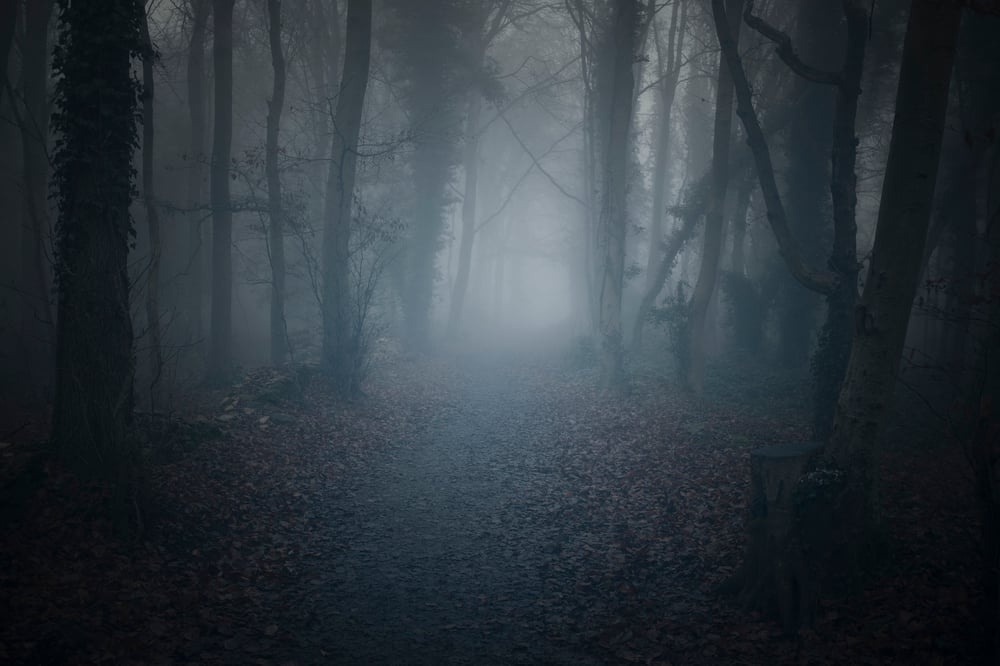
To get back, we had to follow the contour of a ridge until it intersected a trail that led back to our vehicle.
After walking in what seemed to be a straight line for about twenty minutes, we stopped for a breath. The tree I leaned against I remembered passing when we first started. Damage from a lightning strike set it apart. My buddy remembered it too.
We debated how walking a contour could lead us in a circle.
The only logical answer was that we were circling a mountaintop. As it turned out, we were almost right.
This ridge had a knob on it we had not noticed before, and we were circling it. We dropped down the ridge a little and followed a different contour back to the trail.
Familiarity with our terrain saved us from spending a night in the woods.
1. Be Familiar With the Land
For me, this is step one in knowing your way through the woods. Before you set foot in new territory, it pays to look at a map.
Topographic maps are ideal but even general maps with basic features help. If it’s an area you will spend some time in, it might be worth getting a custom map of the area.
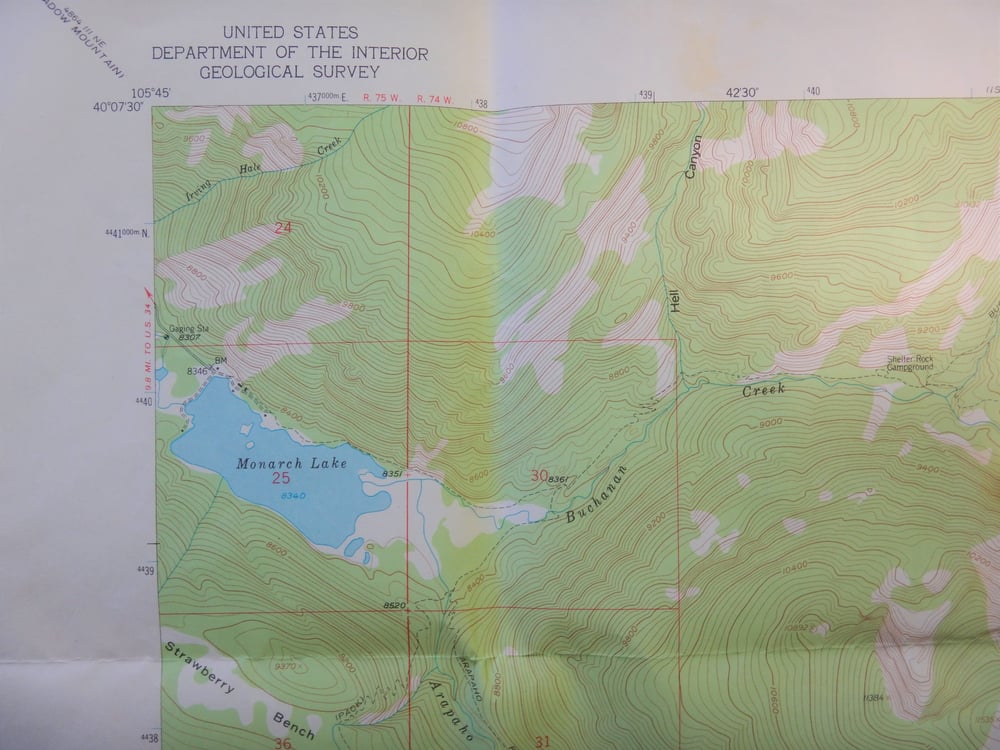
To start, look for features that will guide you home.
I usually begin by looking for boundaries I can use.
For instance, if one side is bordered by a road, I know I have a forgiving aim point if I get turned around. All I have to do is find the road and then I can orient myself to my truck.
If the road is on the north side of the property, for example, I make a note of that and know that all I have to do is figure out which direction is north.
It’s also worth noting on maps which directions will get you further into trouble. For instance, if walking east takes you into a wilderness area or over rough terrains such as cliffs or swamps, you want to err in a different direction.
2. Use Landmarks
In most cases, a prominent feature will help you orient yourself.
This can be a mountain, a fire tower or even a distant airport. We got turned around on that foggy night in part because all our landmarks were hidden. But that lightning-struck tree still helped us sort things out.

On a backpacking trip years ago, we were walking out in the rain and finishing up after dark.
We weren’t lost, but it was reassuring to hear cows mooing at a dairy farm near our parked truck.
Sometimes sounds can also be useful, whether they are cows, cars or trains.
3. Use Natural Trails
When I first started spending time in the woods, I felt comfortable if I was following something that I could also follow out. This might be a ridge that I could walk or an old roadbed.
Where I grew up, many sections of timber had been logged during the Depression, and the old logging roads remained.
Streams can do the same thing simply by keeping them in sight. It may be too thick to walk alongside, but as long as you can see it or hear it you know the way back.
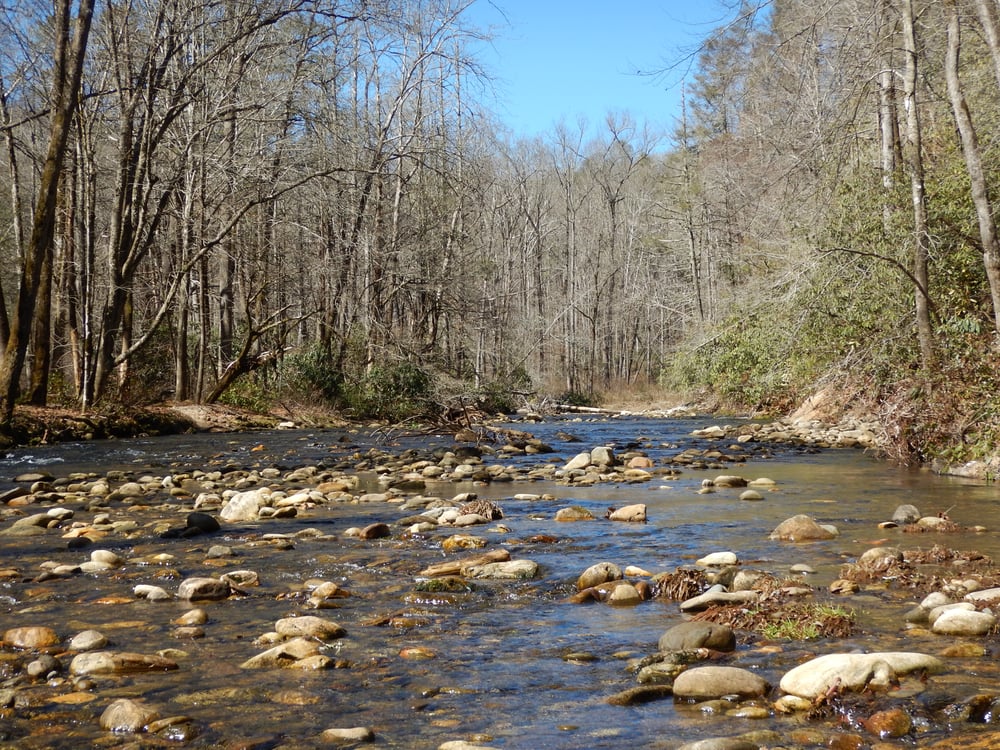
There’s an old saying that if you ever get lost just follow a creek downstream and you will eventually find civilization.
I’ll argue with that a bit as the keyword there is “eventually.”
If you followed the creek that runs by my cabin, it leads into a wilderness area that would take at least a day to walk through. Go in any other direction and you hit a road in less than thirty minutes.
So it makes sense to use streams to orient yourself but use your familiarity with the land to know which direction to walk.
It’s never too early to start teaching these skills to youngsters.
When you’re in the woods together, ask them from time to time to point back to your vehicle or house. This will start them thinking about it and keeping track of where they are.
Also, explain to them how you know the right direction.
As they learn these skills, they will feel more confident and you will feel more at ease.
And perhaps on a foggy night in the backcountry, they will guide you back to the truck.


